The ginseng plant contains many valuable medicinal substances such as saponin, flavonoid... and has been successfully propagated by scientists using tissue culture technology.
The ginseng plant has the scientific name Curculigo orchioides Gaertn , belonging to the Hypoxidaceae family. The plant also has other names such as Tiem mao, Ngai cau, Co noc lan... previously growing a lot in the wild.
Studies show that this plant has many valuable compounds, used in traditional medicine to treat male physiological diseases, asthma, diarrhea, hypoglycemia, chronic nephritis, anti-cancer and skin diseases... Therefore, in the 1980s, this ginseng species was exploited on a large scale and was included in the Red Book and the Red List of Vietnamese Medicinal Plants.
To increase economic value and conservation, the research team at the High-tech Agricultural Enterprise Incubation Center, Ho Chi Minh City High-tech Agricultural Park (Hamlet 1, Pham Van Coi Commune, Cu Chi District) has sought to use tissue culture to maintain valuable medicinal resources.
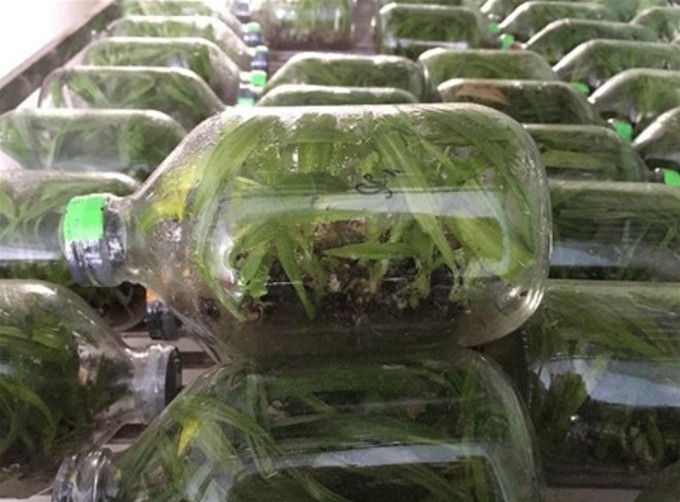
Sâm cau is grown using tissue culture. Photo: NVCC
Engineer Le Thi Hong Ngoc, Deputy Head of Plant Technology Support Department, Representative of the research team, said that after nearly a year, the team successfully cultivated the plant variety in the laboratory. This variety was experimentally planted on an area of 1,000 m2 in Cu Chi district.
Tissue culture plants are grown in bags and placed in nurseries to help them gradually get used to natural conditions. The group builds a process for growing ginseng in about a year to harvest.
According to the research team, sâm cau is a shade-tolerant plant and therefore needs to be shaded. The shade level using a shade-blocking net at 50% is most suitable for the plant to grow, develop and achieve optimal productivity. The ideal habitat for sâm cau is in the shade, preferring moisture in valleys, where the soil is fertile, at the foot of limestone mountains or along the fields. Sâm cau can be planted at a density of 50,000 plants for an area of 1,000 m2.
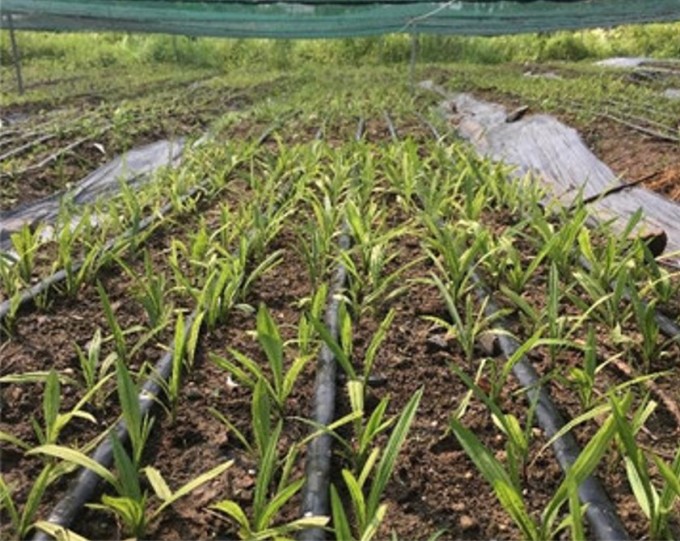
Experimental garden of the research team growing ginseng. Photo: NVCC
According to engineer Ngoc, during the tuber development stage, water and soil moisture must be strictly controlled, especially during the rainy season. "Cau ginseng tubers are very susceptible to rotting when flooded or the soil has too much moisture, so during the soil preparation process, it is necessary to create drainage ditches and a movable shade frame," said engineer Ngoc.
After a year of planting, farmers can dig up the plants, cut the roots, and wash them. The ginseng can be used fresh or processed for preservation. The average weight of each ginseng root is 43 - 50 g. The saponin content is 0.54 - 0.68%, flavonoid 0.19 - 0.23%, and curculigoside 0.23 - 0.31%.
When purchased at the garden, Sâm cau costs about 150,000 VND per kg. Based on the average yield of 3.1 tons per 1,000 m2, the income can be about 467 million VND per crop. The total production cost is 416 million VND per crop, helping farmers earn a profit of more than 51 million VND. After one year of planting, farmers have a profit.
After harvesting the tubers, the shoots can be used for replanting, helping to save production costs for the next crop. According to the research team, Ho Chi Minh City, neighboring provinces or areas with similar natural conditions can all grow ginseng using this method.
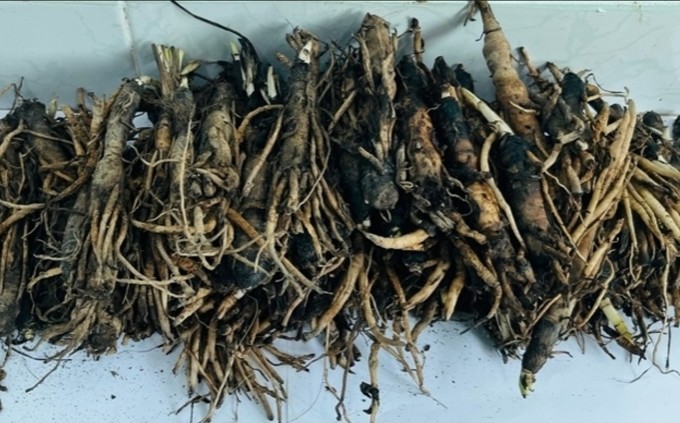
After harvesting, ginseng roots are used for tissue culture. Photo: NVCC
Ms. Nguyen Thi Hue, Deputy Director of the Center for Incubation of High-tech Agricultural Enterprises, assessed that the research results were feasible, bringing economic and social value. In the coming time, the unit will implement the model to serve the tours, study and is ready to transfer this technique to organizations or individuals in need.
Ha An
Source link



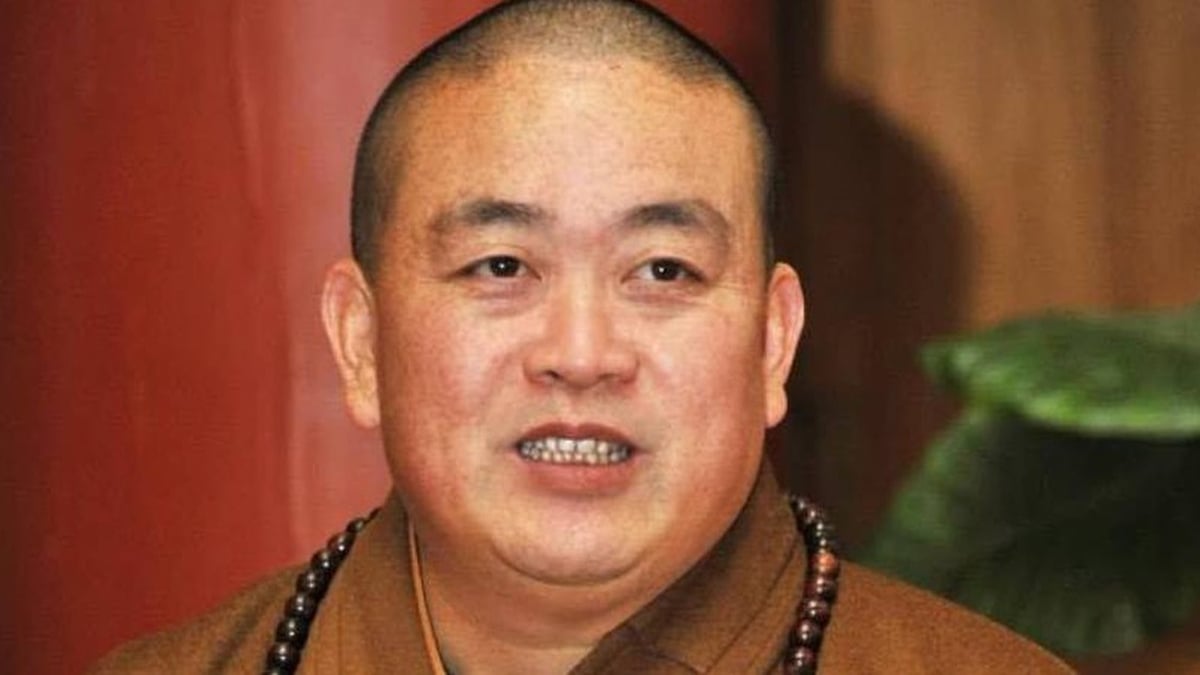






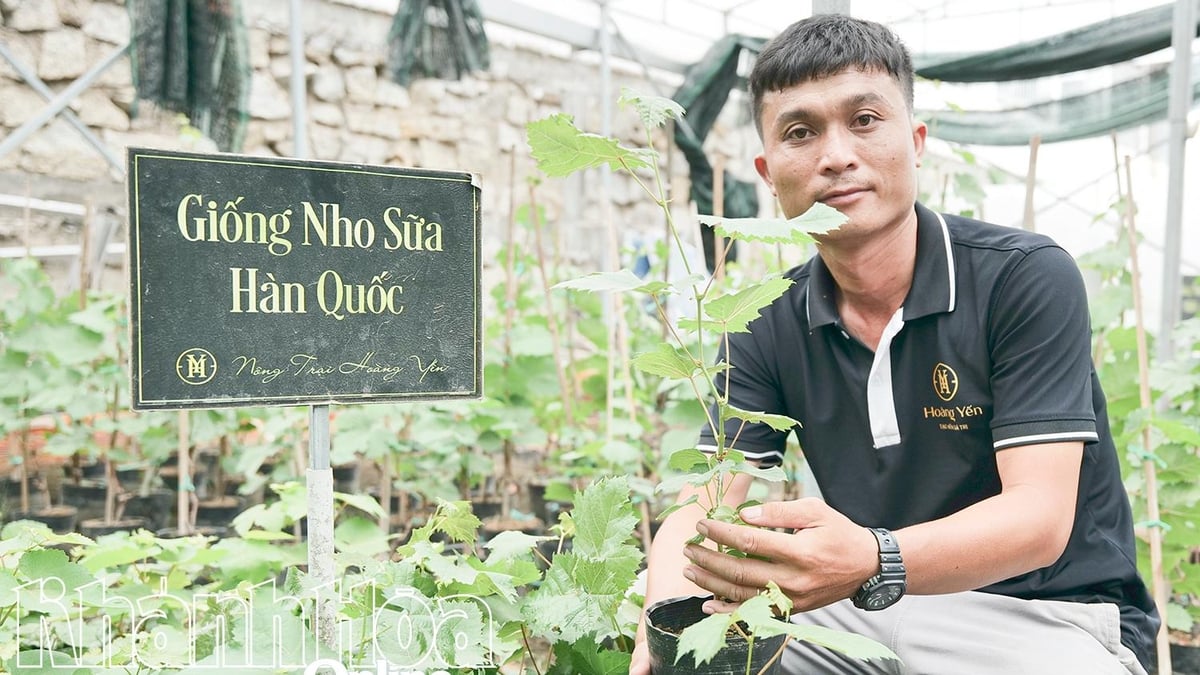
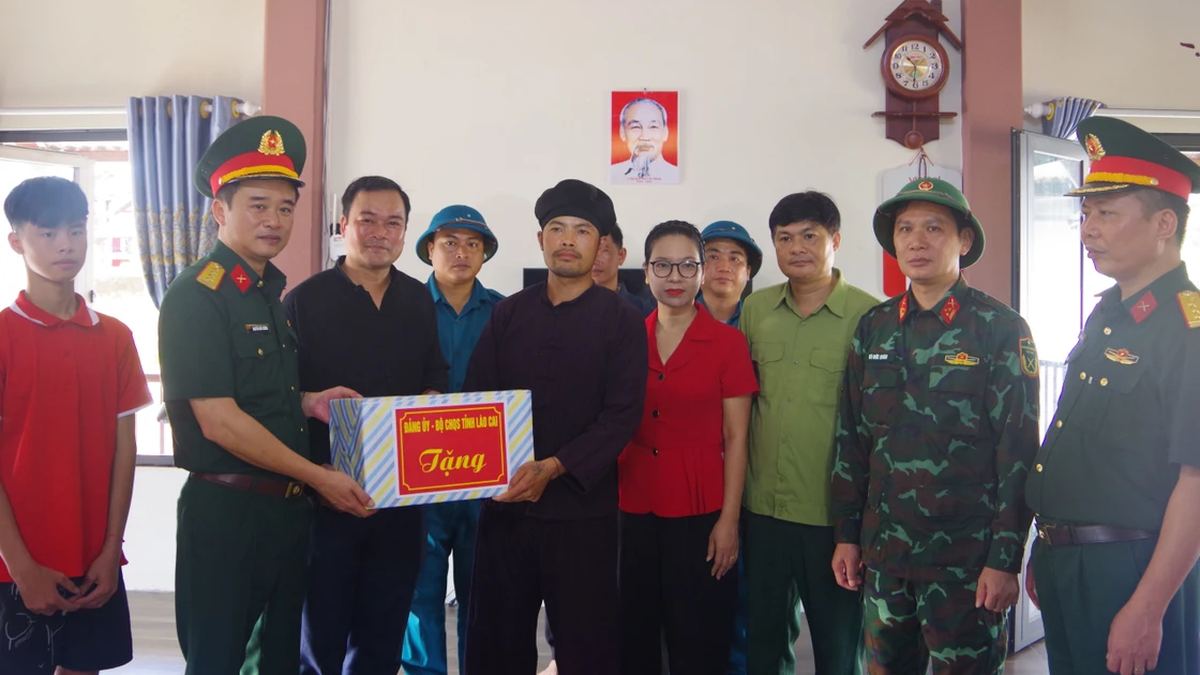























































































Comment (0)